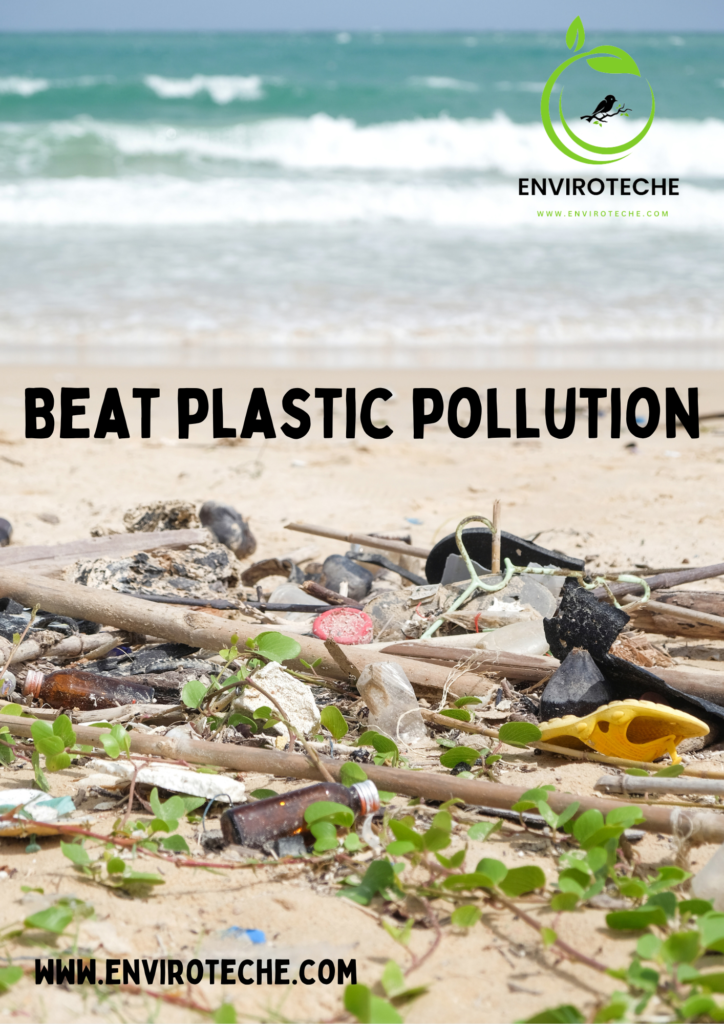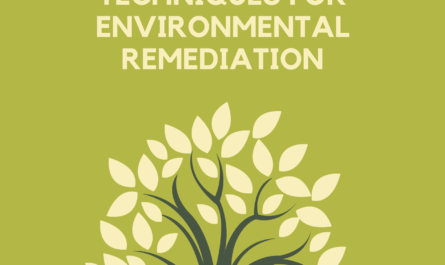
Plastic, the most durable, versatile, and cost-effective material, is being widely used at present. However, plastic pollution is a major env concern specifically visible in developing Asian and African nations where waste management systems are inadequate. Additionally, developed countries with low recycling rates are also facing problems due to plastic waste. Plastic pollution is defined as the accumulation of synthetic plastic products to the extent that it causes harmful impacts on living organisms.
Due to improper waste management and recycling practices, a huge amount of plastic waste accumulates in our environment every year. Production and development of thousands of plastic products intensified after World War II. Plastic products played a crucial role in transforming life into the modern age. After the war, all the products were made with plastic since it was cost-efficient, durable, have high resistance to electricity.
Plastic reconstitute the medicine with lifesaving instruments including incubators, helmets and equipments of clean drinking water. Man is being able to fly thanks to the plastic. Despites all these beneficial uses of plastic, it has also contributed to throw-away culture that is becoming problematic over time. Single-use plastic accounts for about 40% of the plastic produced every year.
Many of the plastic products such as food wrappers, disposable utensils and plastic bags have a lifespan as short as of a day or few minutes but they remain in environment for hundreds of years. These plastic products have numerous impacts on the environment and all the living organisms in it.
Causes of Plastic pollution
There are many causes of plastic pollution depending upon the size and their polymerization methods.
- Fishing nets
Fishing is an important activity of agriculture that is practiced all over the world. The fishing nets are usually made of plastic. These nets get submerged in water and release toxins. This pollutes the water and results in the killing and harming of the ocean-life.
- Improper waste management
Due to inadequate waste management practices, plastic waste is not disposed properly neither it is recycled. This leads to accumulation of plastic in the environment in oceans, rivers and forests.
- Improper disposal
Careless littering of plastic by people also contribute to plastic pollution. These plastics can be carried by wind or rain into water bodies and leads to pollution.
- Industrials spills and accidents
Accidental spills and mishandling of plastic products during production, transportation and storage in industries can also lead to plastic pollution, causing harm to the environment.
- Durable and long-lasting
Plastic takes more than 400 years to decompose. The chemical bonds from which plastic is made are so strong that they don’t decompose and remain in the environment for hundreds of years. In the US, according to environmental protection agency, every bit of plastic that is ever made and was sent to landfills still exist in the environment.
Effects of plastic pollution
Plastic pollution has notable effects on environment, health, and economy.
- Water bodies pollution
Inadequate waste dumping leads to the plastic ending up in water bodies such as oceans, rivers, and lakes. This plastic then harms aquatic ecosystem and also contaminate water.
- Accumulation in landfills
The durability of plastic makes it persistent and difficult to decompose. Because of its non-biodegradable nature, the plastic waste gets accumulated in landfills.
- Contamination of soil
Improper management of plastic waste can pollute the soil which in turn affects the soil quality, plant growth and agriculture.
- Health impacts
- Food and water pollution
Harmful chemicals such as bisphenol A (BPA) and phthalates, that are released from plastic contaminate food and water leads to health issues.
- Air pollution
Burning of plastic waste releases toxic pollutants in the air that lead to contaminating the air and as a result, impose respiratory problems in living organisms.
- Microplastics in food
Microplastics, formed by the breakdown of large plastic materials, enter the food by various sources such as ocean, rivers and lakes. Seafood, salt and drinking water from water bodies contain Microplastics that pose great threat to health. In living organisms. it can lead to ingestion, endocrine disruption, and reproductive issues.
- Economic impacts
- Costs of cleaning
Cleaning up of plastic wastes from beaches, rivers and other water bodies requires a huge amount of finances which are borne by government and organizations. These costs place burden on a nation’s economy.
- Fishing and tourism
Many countries’ economies rely on tourism and fishing. Plastic pollution can destroy coastal areas, and aquatic habitats which in turn impacts the tourism and fishing industry negatively.
Recommendations
Plastic waste is a global problem. Consequently, global approach will be required to overcome this problem. Everyone has to play their role. Here are a few ways that we recommend to reduce the burden of plastic waste from the planet.
- Governments throughout the world should drive change by taking sustainable actions, redesigning policies and regulations and investing in proper infrastructure to combat the problem.
- Businesses and industrial sector could play their part by saying no to the production and packaging of hazardous plastic specifically single use plastic.
- Industries should look for alternative wrapping options which will be sustainable in long run such as paper wrapping.
- Local authorities such as of towns and cities by ratifying local laws, providing incentives to the business sector which is eager to bring change and creating an environment that have sustainable consumer behavior.
- Investors should support businesses and industries to proceed towards circular economy.
- Whenever possible refuse the polythene products. Such as use cloth bags instead of plastic bags for groceries.
- Reduce use of non-recyclable and single use items such as disposable utensils.
- Recycle the products whenever possible for example clean plastic bottles and rubber tires can be recycled.
- Industries should look for alternative wrapping options which will be sustainable in long run such as paper wrapping.
- Individuals should purchase local goods which will be helpful in discouraging of product shipping over long distances.
Conclusion
It is concluded that despite many benefits of plastic, it has become the greatest threat to the environment. Polythene products are persistence in environment and take hundreds of years to decompose. As 380 million tons of plastic is produced every year, it has led to plastic waste becoming a huge problem that is now out of control. 40% of all these plastic products are single-use that have less than a minute of lifespan but remain in environment for hundreds of years.
A ban on single-use plastic products alone, can bring a lot of change in the environment. This is global problem and require global attention. All the governments and stakeholders should develop a consensus to drive out single-use plastic products from the environment.
plastic pollution
Reference
Obebe, S. B., & Adamu, A. A. (2020). Plastic pollution: causes, effects and preventions. Int J Eng Appl Sci Technol, 4(12), 85-95.
How to reduce plastic waste? (2021). Furture learn.
Parker, L. (2019). The worlds plastic pollution crises explained. National Geographic,
About the Authors:
Adila Taj1, Umarah Khanum1
1Department of Environmental Science, International Islamic University Islamabad
Check Other Scholarships:
